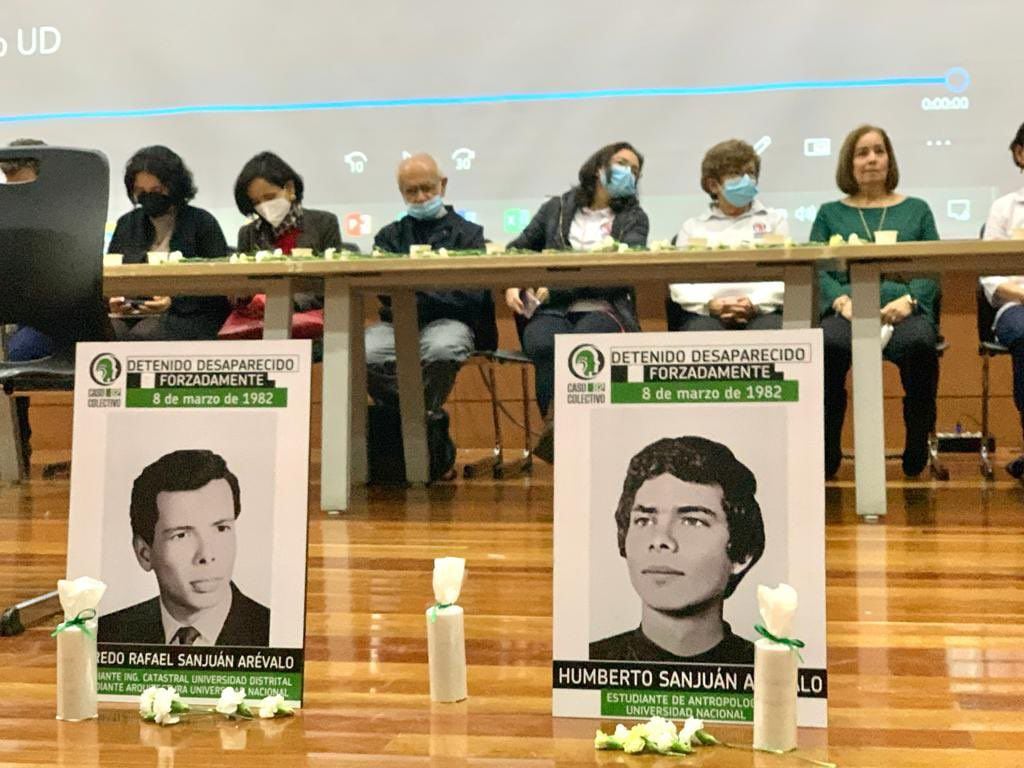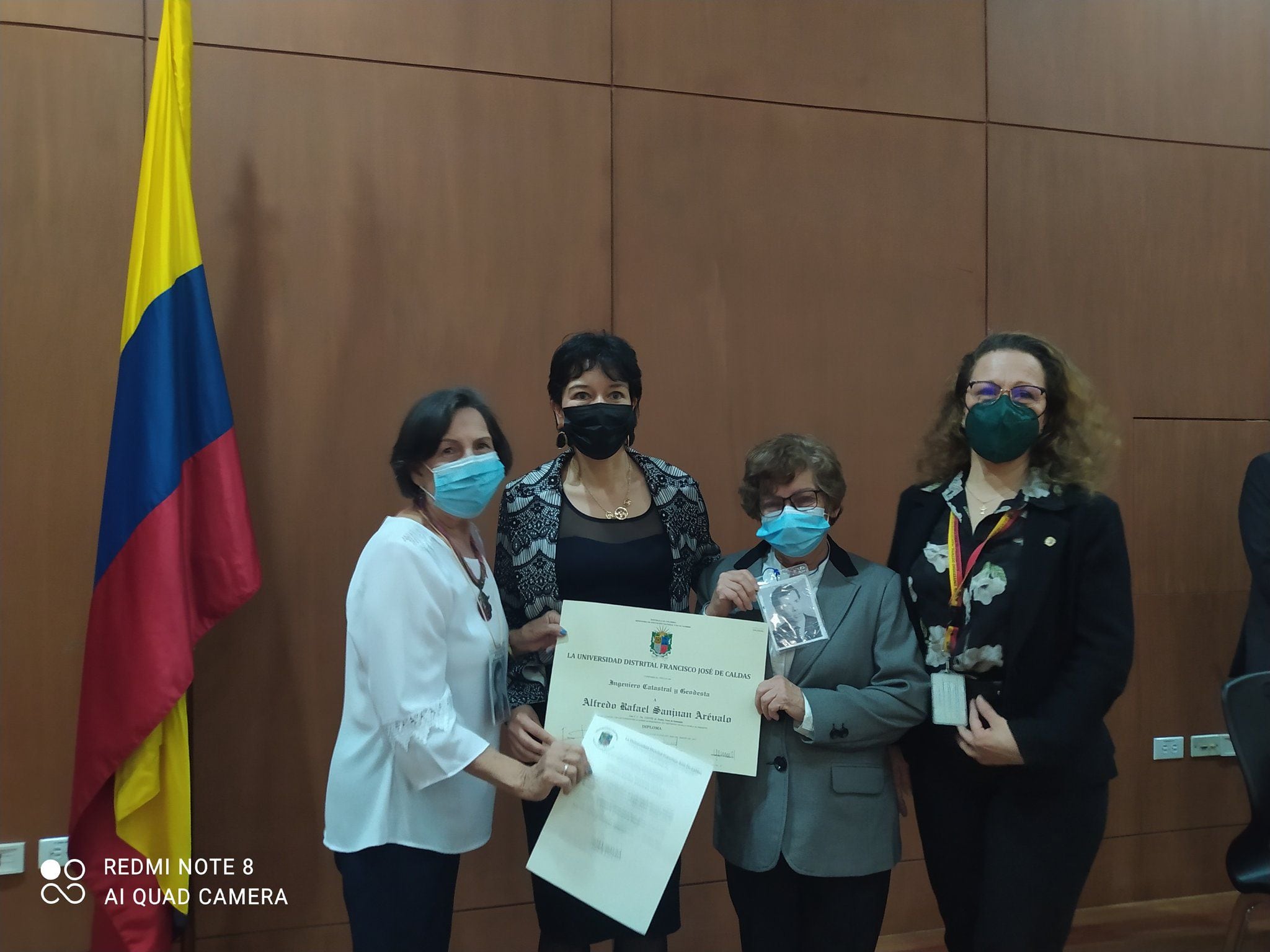
On March 8, 1982, Alfredo Rafael Sanjuán Arévalo, a Cadastral Engineering student at the Universidad Distrital in Bogotá, and his younger brother, Humberto Sanjuán Arévalo, who was studying anthropology at the National University, were disappeared by agents of the F2, a Colombian intelligence police structure of at that time. Forty years after their disappearance, on the morning of this Friday, March 18, the family of these young people received the honorary degree of Alfredo Sanjuán, becoming the first document of its kind to be granted in the country to a disappeared person.
On the morning of that March 8, 1982, Alfredo, who was 34 years old at that time, left his home for the District University and since then, his family never knew more about him. The same fate befell his younger brother, Humberto, 23 years old, who disappeared that same day, after leaving home around 3:00 in the afternoon to hand out some resumes in his search for a job, that's how the newspaper El Espectador knew him.
At that time, according to the same media, police officers from the F2 intelligence structure were conducting an investigation into the October 1981 kidnapping of the children of drug trafficker José Jader Álvarez: Zuleika, age 7; Yidid, age 6, and Xounix, age 5.
Subsequent judicial investigations revealed that, in this case, 13 persons were illegally arrested and subsequently forcibly disappeared in Bogotá and the municipalities surrounding the city in 1982 for allegedly having been involved in the abduction of the three minors.

Since then, neither the Sanjuán Arevalos nor the families of the rest of the disappeared have known about the whereabouts of their relatives. As a result, the victims' relatives created the 82 collective, known as the first collective case of enforced disappearance in the country. Later, they would also form the first Association of Disappeared Detained Relatives in Colombia, Asfaddes.
On March 8, after 40 years of fighting under the slogan “until we find them”, the Sanjuán Arévalos became the first family of a disappeared from the country to receive an honorary degree, that of Alfredo Rafael Sanjuán, a student of Cadastral Engineering at the District University at the time of his disappearance.

The title, which was awarded during a ceremony in the Mayor Hermanos Sanjuán auditorium -named after the two missing young men- was received by two of his sisters: Yolanda and Teresa Sanjuán.

Regarding the case, the newspaper El Tiempo reported that, although 22 agents were linked to the disappearance of the 13 missing persons, to date, none of them have been found responsible. For now, the Colombian State has been the only one declared responsible for the disappearance of all university students, according to a resolution issued by the Inter-American Commission on Human Rights (IACHR) on February 6, 1992.
Regarding what happened to the three kidnapped children of drug trafficker José Jader Álvarez, the same media reported that, on September 18, 1982, 11 and a half months after their abduction, and six months after the disappearance of the thirteen people, including students from the National and District University, children were buried in sacks in the vicinity of the municipalities of Gachala and Medina (in Cundinamarca), each with a bullet hit in the head.
KEEP READING
Últimas Noticias
Debanhi Escobar: they secured the motel where she was found lifeless in a cistern
Members of the Specialized Prosecutor's Office in Nuevo León secured the Nueva Castilla Motel as part of the investigations into the case

The oldest person in the world died at the age of 119
Kane Tanaka lived in Japan. She was born six months earlier than George Orwell, the same year that the Wright brothers first flew, and Marie Curie became the first woman to win a Nobel Prize

Macabre find in CDMX: they left a body bagged and tied in a taxi
The body was left in the back seats of the car. It was covered with black bags and tied with industrial tape
The eagles of America will face Manchester City in a duel of legends. Here are the details
The top Mexican football champion will play a match with Pep Guardiola's squad in the Lone Star Cup

Why is it good to bring dogs out to know the world when they are puppies
A so-called protection against the spread of diseases threatens the integral development of dogs




